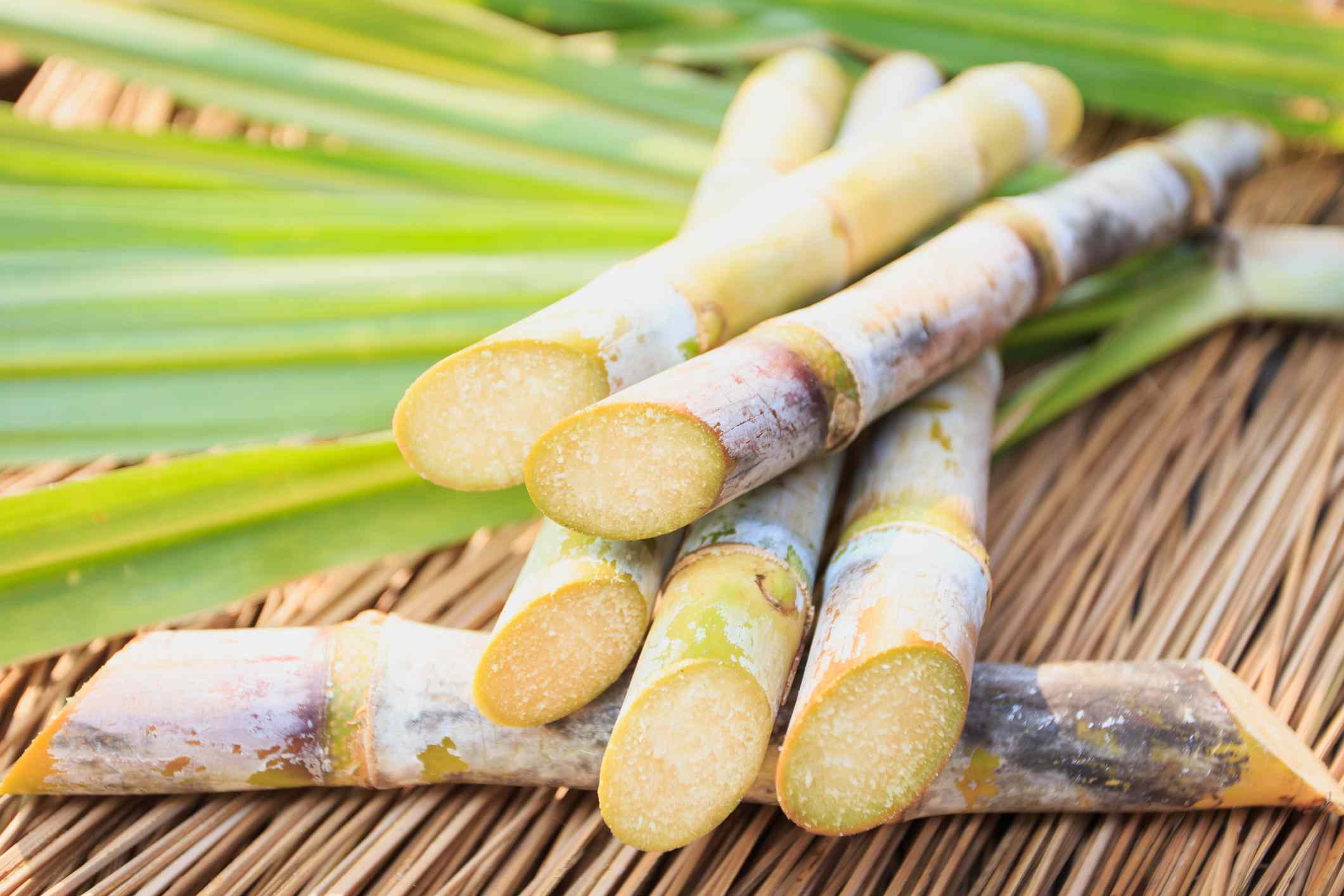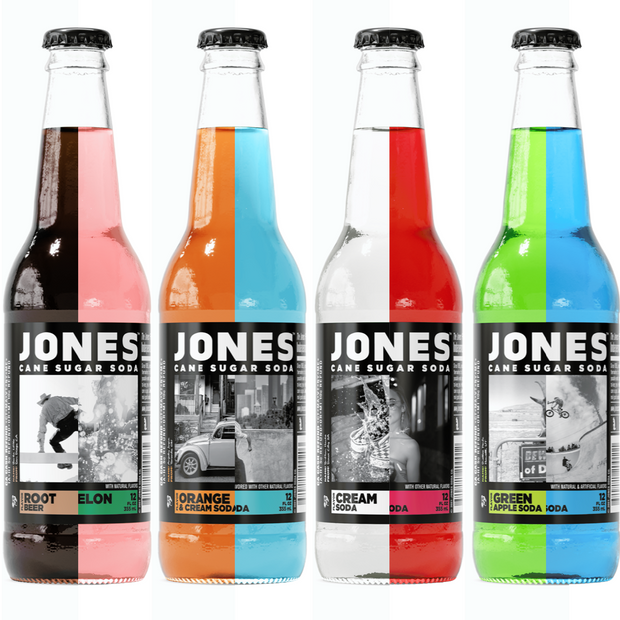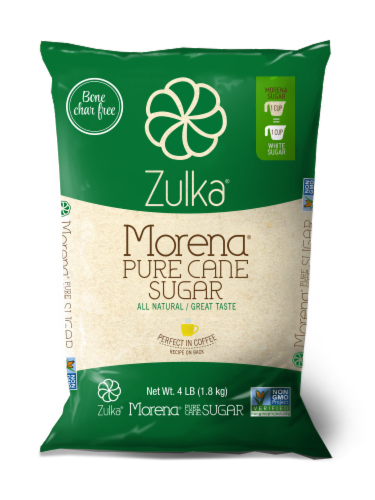Advanced Cane Sugar Processing: Enhancing Effectiveness and Sustainability
Exploring the Comprehensive Steps Associated With Walking Cane Sugar Processing From Harvesting to Improvement
The process of walking cane sugar manufacturing includes a series of detailed actions, beginning with the mindful harvesting of sugarcane and culminating in the improvement phases that make certain the last item satisfies market standards. Each phase, from the extraction of juice to the filtration and crystallization procedures, plays a crucial function in determining the high quality and personality of the sugar.
Harvesting Sugarcane
Gathering sugarcane is an important action in the walking stick sugar handling chain, as it straight affects the quality and yield of the last item. Correct timing and techniques are crucial throughout this stage to make sure optimal sugar material and minimize losses. Usually, sugarcane is harvested when it reaches maturity, typically 12 to 18 months after growing, characterized by a high sucrose concentration.

Post-harvest, the sugarcane needs to be refined quickly to stop sucrose degradation. Preferably, harvested walking cane needs to be transported to processing centers within 24 hr to maintain sugar quality. For that reason, reliable logistical preparation is crucial to maintain the integrity of the gathered crop throughout the supply chain.
Extraction Process

The crushed cane is subjected to a collection of pressing procedures to make the most of juice recovery. Typically, warm water is sprayed onto the crushed walking cane, creating a countercurrent circulation that aids liquify the sugar while additionally aiding in the removal procedure. The juice collected from this operation has not only sugar however likewise numerous organic compounds and contaminations.

To enhance extraction efficiency, some centers may utilize diffusion methods, where the sugarcane is taken in warm water, enabling the soluble sugars to diffuse into the liquid. The resulting juice, rich in sucrose, is after that directed to succeeding handling phases, laying the structure for filtration and improvement. The removal process is therefore essential in identifying the high quality and return of the final sugar product.
Filtration Techniques
The purification strategies employed in walking cane sugar handling are important for changing the raw juice right into a high-quality sugar item. These find more methods largely aim to get rid of impurities, such as dirt, plant materials, and inorganic substances, which can negatively affect the end product's flavor and color.
This procedure involves adding lime and warmth to the raw juice, which read this promotes the coagulation of pollutants. Furthermore, the usage of phosphoric acid can enhance the explanation process by additional binding pollutants.
An additional substantial technique is carbonatation, where co2 is introduced to the made clear juice. This response generates calcium carbonate, which catches remaining impurities and advertises their removal.
Furthermore, turned on carbon therapy might be applied to adsorb any remaining colorants and organic impurities, making certain an extra refined item. The mix of these methods properly prepares the sugar juice for subsequent action in the refining procedure, establishing the phase for the manufacturing of high-quality walking stick sugar.
Formation Methods
After the filtration phase, the next critical step in walking cane sugar handling includes crystallization methods, which play an essential role in transforming the cleared up juice right into solid sugar. This process commonly employs 2 primary techniques: spontaneous condensation and regulated crystallization.
In spontaneous condensation, supersaturated sugar options are enabled to cool naturally, leading to the formation of sugar crystals over time. This method enables for the consistent development of sugar crystals and higher purity.
During crystallization, the cleared up juice is focused with evaporation, enhancing its sugar content until it reaches supersaturation. Once this point is attained, either approach can assist in the condensation process. Cane Sugar Processing. The resultant sugar crystals are then separated from the continuing to be syrup via centrifugation
Eventually, the option of crystallization method impacts the quality, dimension, and purity of the final sugar item, making this step crucial in the overall walking cane sugar processing procedure.
Improvement and Packaging
How can the pureness and quality of walking stick sugar be better improved after formation? The refinement procedure plays an essential function in attaining premium walking cane sugar.
Next, the sugar undergoes a process called centrifugation, where it is rotated at broadband to separate the cleansed sugar crystals from the continuing to be fluid. After Cane Sugar Processing centrifugation, the sugar is typically additional improved with a method called carbonization or phosphatation, which uses turned on carbon or phosphoric acid to remove color and off-flavors.
When improved, the sugar is dried to attain the wanted moisture material, making sure that it continues to be stable during storage and transport. The last action involves packaging the polished sugar in moisture-proof and airtight containers to keep its high quality and prevent contamination. Cane Sugar Processing. Correct packaging not just expands service life but also promotes very easy handling and distribution, making sure that customers obtain sugar that meets the highest requirements of pureness and top quality
Verdict
The comprehensive steps associated with walking cane sugar processing, from the thorough harvesting of sugarcane to the intricate improvement and product packaging stages, emphasize the importance of each phase in making sure top notch sugar production. Optimal harvesting strategies, effective extraction techniques, and rigorous purification procedures jointly add to the end product's purity and security. The formation and subsequent packaging practices better boost the stability and life span of the sugar, highlighting the complexity and accuracy intrinsic in this crucial farming market.
The process of cane sugar manufacturing incorporates a collection of complex actions, starting with the careful harvesting of sugarcane and culminating in the refinement stages that guarantee the final product meets industry requirements. Preferably, collected cane needs to be moved to refining facilities within 24 hours to protect sugar quality.In spontaneous formation, supersaturated sugar remedies are enabled to cool normally, leading to the development of sugar crystals over time - Cane Sugar Processing. The refinement procedure plays a crucial duty in accomplishing top quality walking cane sugar.The comprehensive actions involved in walking stick sugar handling, from the precise harvesting of sugarcane to the detailed refinement and product packaging stages, highlight the importance of each stage in ensuring top notch sugar production